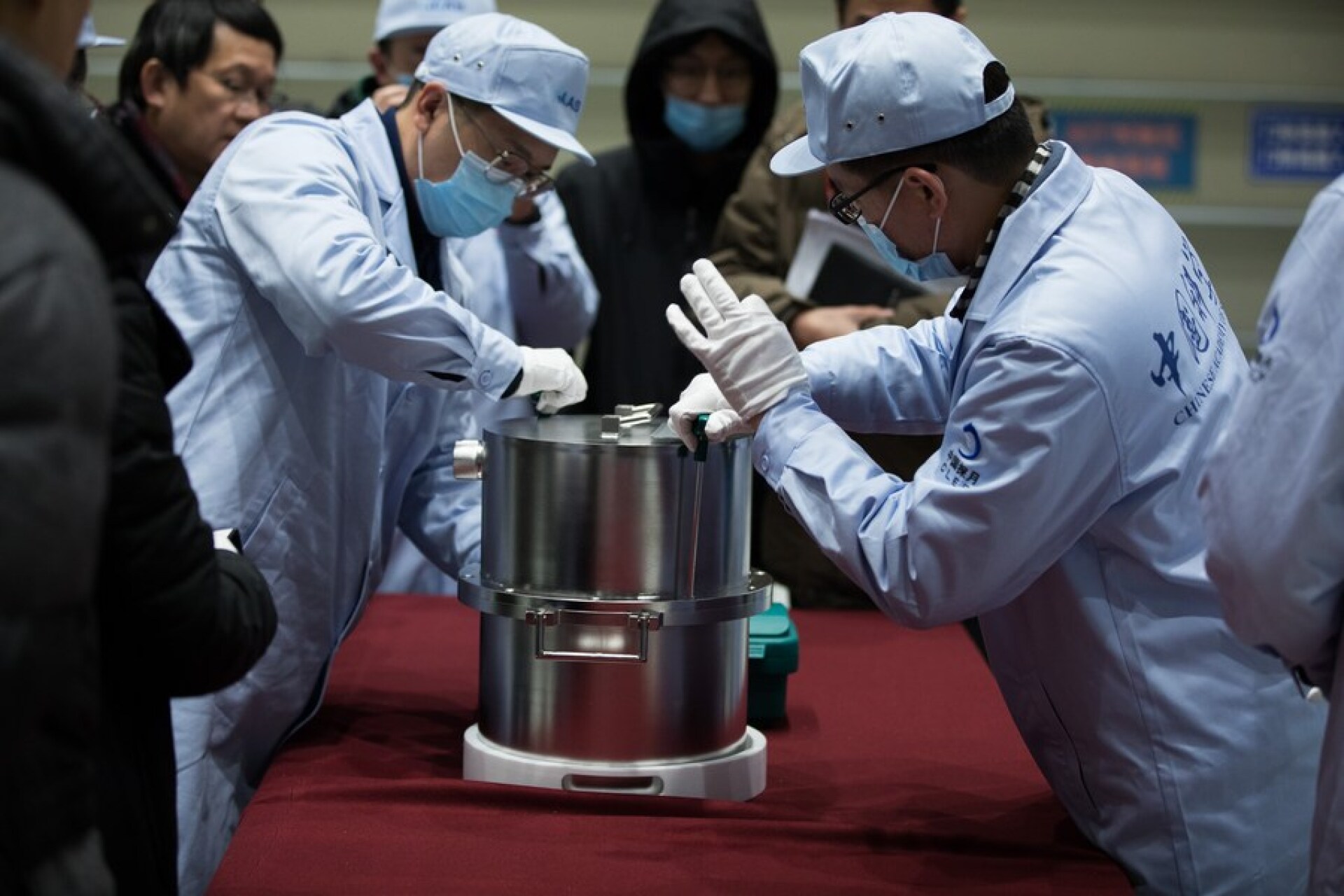China Discovers New Mineral on the Moon: A Milestone in Lunar Research
In a groundbreaking announcement, China has become the third country to discover a new mineral on the Moon, following in the footsteps of the United States and Russia. This significant achievement was revealed during a press conference led by Dong Bong, Vice Chairman of the China Atomic Energy Authority, who introduced the mineral named "Changesite."

The discovery stems from rock and dust samples collected during China's Chang'e 5 mission, which successfully returned lunar samples to Earth in 2020. The mission marked China's first attempt to bring back lunar material, and it has now yielded a remarkable scientific find. Changesite is the sixth new mineral identified on the Moon, showcasing China's growing capabilities in space exploration.
Wang Gun, an official from the China National Nuclear Corporation, shared details about the meticulous process involved in isolating the mineral. A research team from the Beijing Research Institute of Uranium Geology successfully extracted a single crystalline particle from over 140,000 lunar particles using advanced techniques, including X-ray diffraction. The particle, measuring approximately 10 micrometers in diameter—about one-tenth the width of a human hair—represents a significant advancement in mineral research.
Changesite is classified as a phosphate mineral found in lunar basalts. Phosphate is a natural source of phosphorus, an essential nutrient for plant growth on Earth. This discovery could have profound implications for future lunar exploration, particularly in supporting agricultural efforts on the Moon as humanity looks towards longer missions and potential colonization.
The International Mineralogical Association has confirmed Changesite as a new mineral, validating its significance in the field of mineralogy. The discovery is viewed as a breakthrough, promising to enhance our understanding of the Moon's history and geological evolution, while also aiding deep space exploration initiatives.
As China continues to make strides in lunar research, this achievement not only highlights the country's scientific advancements but also emphasizes the potential for future discoveries that could shape our understanding of the cosmos.
Stay tuned for more updates on this exciting development as the world watches China's next steps in space exploration.
What's Your Reaction?















